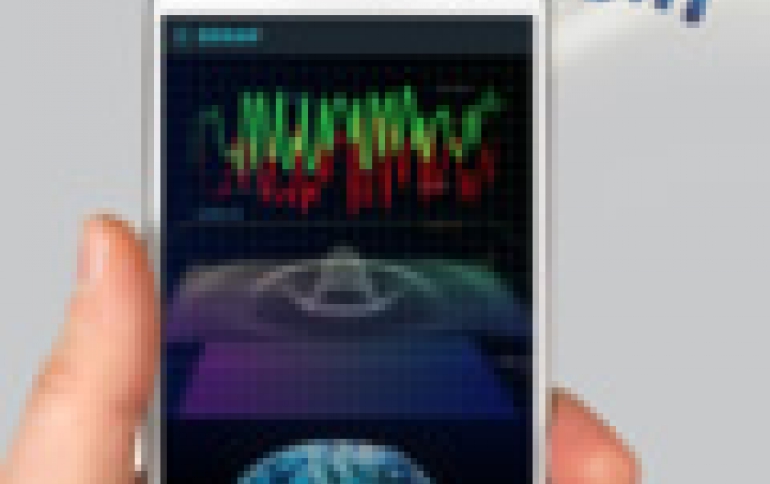
Samsung Engineers Develop Wearable Sensor for Stroke Detection
Engineres at Samsung 's Creativity Lab (C-Lab) have developed a solution that could detect the onset of a stroke by monitoring brainwaves. In January 2015, Se-hoon Lim, the project lead, and his team introduced a prototype solution, the Early Detection Sensor & Algorithm Package (EDSAP), a stroke detection solution using brainwaves. Consisted of a sensor suite and a juiced up algorithm, EDSAP allows anyone with a smartphone or tablet to monitor the electrical impulses that are brainwaves, thereby gauging the probability of an oncoming stroke. The objective is to provide early warning, so that those at risk can visit the doctor for a proper diagnosis with sufficient time to prevent the potentially tragic consequences of a stroke.
EDSAP’s sensors are placed on a headset, collecting and wirelessly transmitting brainwave data to a mobile app, where the algorithm analyzes the brainwaves and ultimately determines the likelihood of a stroke, all within a 60-second time span. Additionally, by tracking brainwaves for longer durations, EDSAP can leverage its brainwave analysis capabilities to provide additional information related to neurological health, such as stress, anxiety and sleep patterns.
Compared to other brainwave sensors in the market, EDSAP sensors are unique in a number of ways. Firstly, EDSAP sensors are able to monitor and analyze brainwaves much faster than the 15 minutes or so required for existing brainwave monitoring equipment at hospitals. Secondly, the sensors are able to scan brainwaves in comprehensive detail, largely thanks to the highly conductive rubber-like material discovered by Lim and his team. Thirdly, the sensors are easy to wear. Saline solutions no longer need to be rubbed into the hair, removing the unpleasantries that had previously been a part of brainwave scanning. More importantly, in part thanks to the rubber-like material, EDSAP sensors can be scaled down into a variety of form factors reminiscent of everyday objects. While the current prototype is in the form of a head gear, EDSAP sensors can also be pasted onto the backside of hairpins or eyeglass temples, thereby allowing users to monitor their brainwaves over longer periods of time without the outmoded appearance.

Meanwhile, the EDSAP algorithm, which translates brainwave data into stroke detection, is based on analysis of stroke patient brainwave data, which has been combined with a range of artificial intelligence and signal processing software.
As EDSAP undergoes further development, a potential area of implementation has been in electrocardiograms, or the recording of heart muscle activity.
"Compared to the electric pulses of a heart, brainwaves are very faint, making them far more difficult to detect," said Lim. "EDSAP has proven it can more than handle brainwaves, and we’ve seen EDSAP’s potential role in addressing other neurological problems. We’re now also looking at what EDSAP can do with the heart. Over the next few months, we’ll get a clearer idea of how far the tentacles of EDSAP can reach. Ultimately, we hope that what we end up achieving - the end result - will make a lasting difference."





















